Looking for a natural home remedy for sore throat and coughs? Sage honey is wonderful remedy that soothes the throat and suppresses coughs naturally. Learn how to make Sage Honey for Sore Throat and Coughs today on the blog!
Ah, tis the season of runny noses, coughs and sore throats. My kids come home every day lately and tell me about some bug or another going around school. At my house, while we fight off all the sick germs we can with healthy eating , Fire Cider and Echinacea, sometimes we end up getting sick.
When we’re not feeling well, the number one thing we try to do is to avoid sugar. Sugar actually suppresses the immune system and makes it harder for your body to fight off the illness. Raw honey on the other hand is a different story and it’s the key ingredient in today’s recipe: Sage Honey.
Our Ingredients: Raw Honey
We are not talking about the little honey bears sold at most supermarkets that have been processed and filtered and may not even contain real honey. We are talking about raw (not heated), local honey from beekeepers in your area.
Raw honey naturally contains nutrients and enzymes. It’s full of antioxidants and is antibacterial and antifungal (which means it kills unwanted bacteria and fungus.) Honey is also a natural sore throat and cough remedy.
Raw honey is a staple in my pantry and I use it in several of my home remedies such as Elderberry syrup and Fire Cider.
Children under the age of one should NOT consume honey.
Our Ingredients: Sage
Once upon a time, I only used sage once a year in my Thanksgiving stuffing. Well, no more! There’s so many more uses for sage! It is a wonderful herb with many, many benefits. Sage is antibacterial, anti-inflammatory and is well known for being an herb for soothing coughs and lowering fever. Fresh sage is best in this recipe but dried sage can be substituted.
If you are pregnant or breastfeeding, it is best to avoid sage. Sage is a drying herb and it could effect your milk production.
How to Use Sage Honey
-
add a spoonful to your hot tea
-
mix with hot water and lemon
-
take it by the spoonful as needed
-
spread on your toast
-
drizzle over fruit
-
drizzle over pancakes
How to Make Sage Honey
You will need:
-
a sanitized jar and lid ( I run mine through dishwasher in sanitize mode.)
-
fresh, chopped sage, enough to fill half the jar or dried sage, enough to fill 1/4 of the jar
-
raw, local honey, enough to fill the jar
Instructions:
-
Sanitize your jar and lid.
-
If using fresh sage, chop finely and fill your jar half full. If using dried sage, fill your jar 1/4 of the way full.
-
Pour or drizzle honey into the jar, stirring if needed to incorporate the sage into the honey. Fill the jar to the top with honey. Allow 1/4 to 1/2 inch headroom.
-
Cover the jar with a lid and allow to sit in a cool, dark, dry place for 2-4 weeks.
-
Strain the sage if you prefer but it’s easier to just leave it in. Sage Honey will keep many months. Use as needed.
I hope you’ll be making some of your own medicine this year—this simple Sage Honey is a great place to start! You might also like to make this Elderberry Cold & Flu Syrup.
Have you made some herbal remedies for your family before? What are your favorite natural remedies?
My Healthy Homemade Life is a participant in the Amazon Services LLC Associates Program, an affiliate advertising program designed to provide a means for sites to earn advertising fees by advertising and linking to Amazon.com.
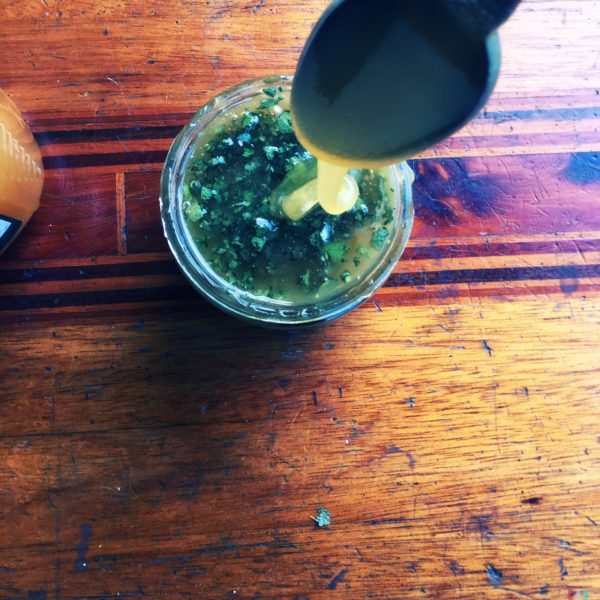
| Passive Time | 2-4 weeks |
| Servings |
servings
|
Ingredients
- fresh sage (enough to fill 1/2 the jar) or dried sage (enough to fill 1/4 of the jar)
- raw, local honey enough to fill the jar
Ingredients
|

|
Instructions
- Sanitize your jar and lid.
- If using fresh sage, chop finely and fill your jar half full. If using dried sage, fill your jar 1/4 of the way full.
- Pour or drizzle honey into the jar, stirring if needed to incorporate the sage into the honey. Fill the jar to the top with honey. Allow 1/4 to 1/2 inch headroom.
- Cover the jar with a lid and allow to sit in a cool, dark, dry place for 2-4 weeks.
- Strain the sage if you prefer but it's easier to just leave it in. Sage Honey will keep many months. Use as needed.
Recipe Notes
Recipe by Jen @ www.myhealthyhomemadelife.com
Share this Recipe

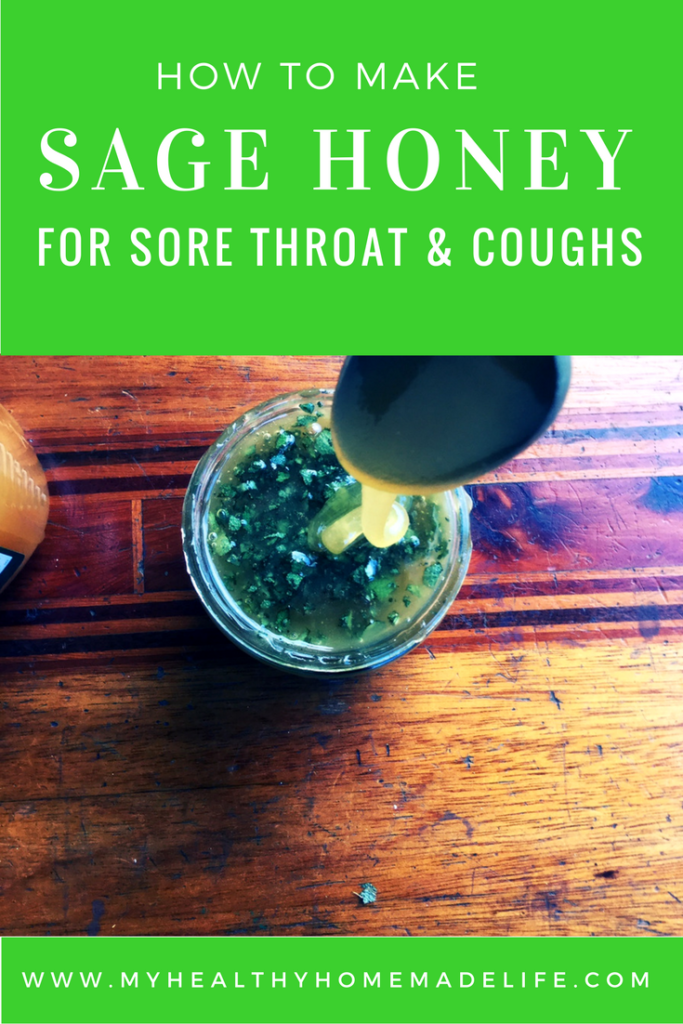
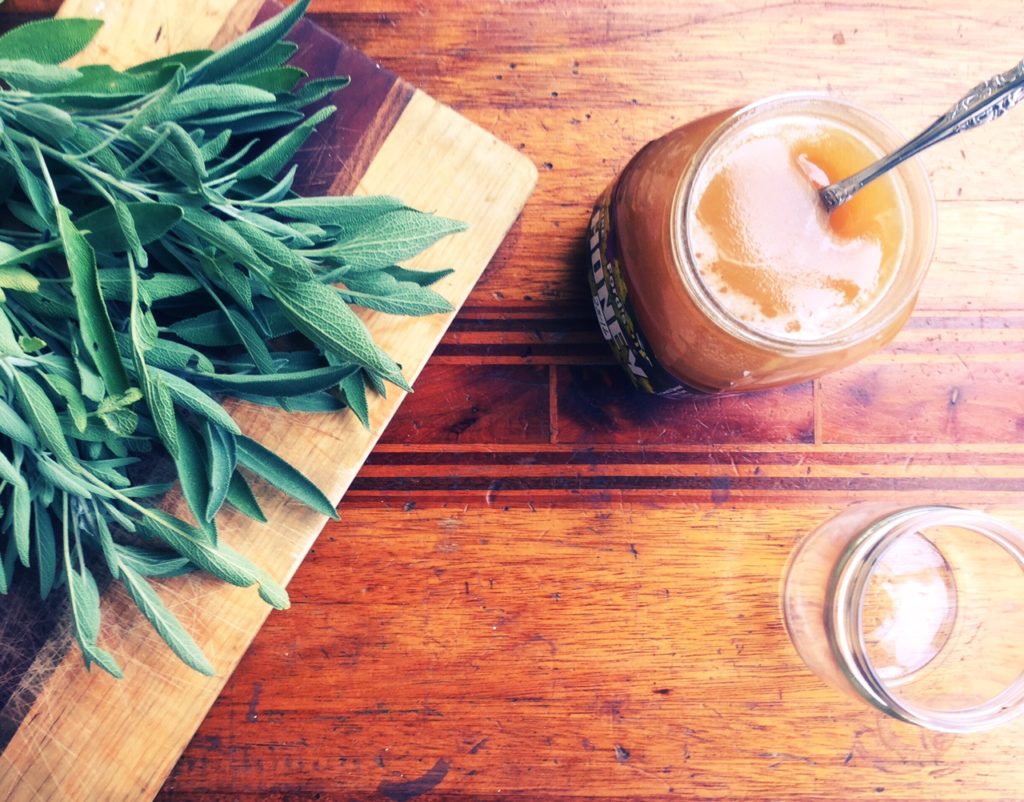
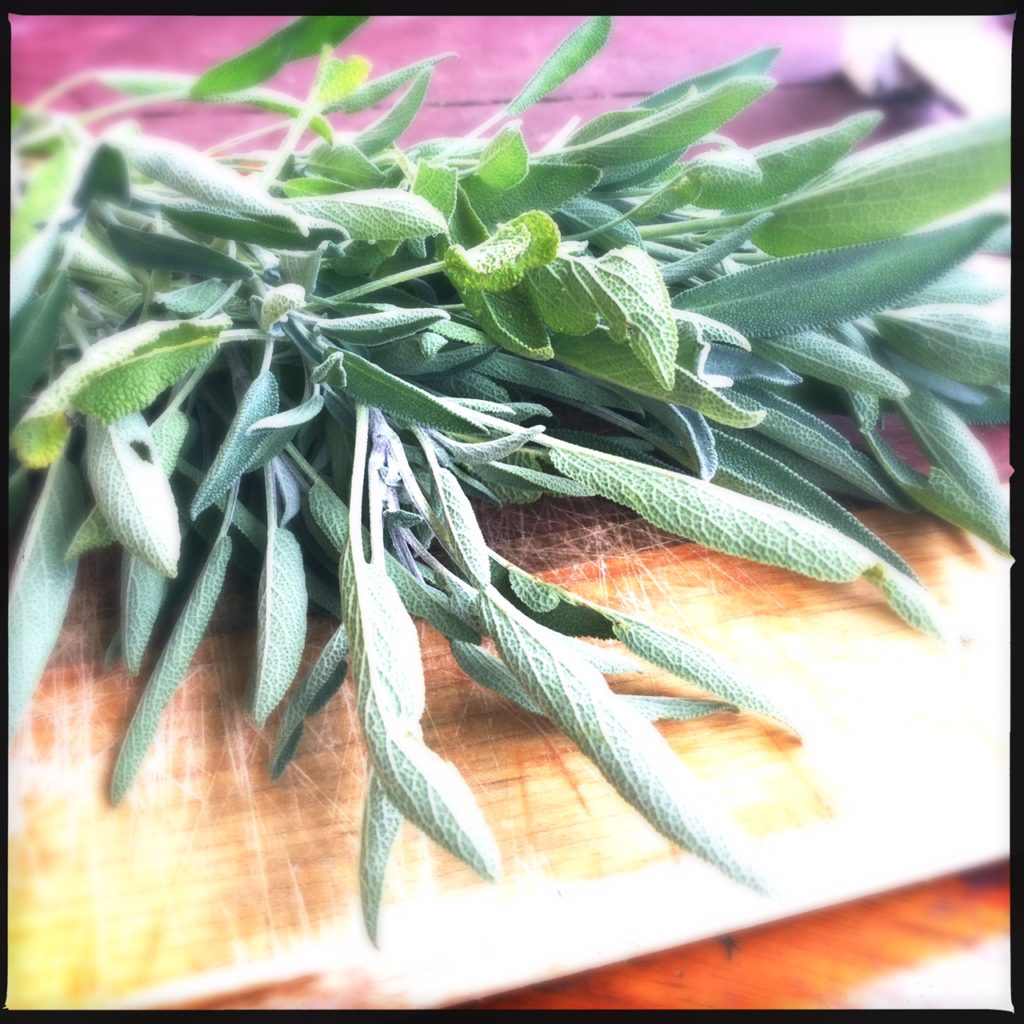
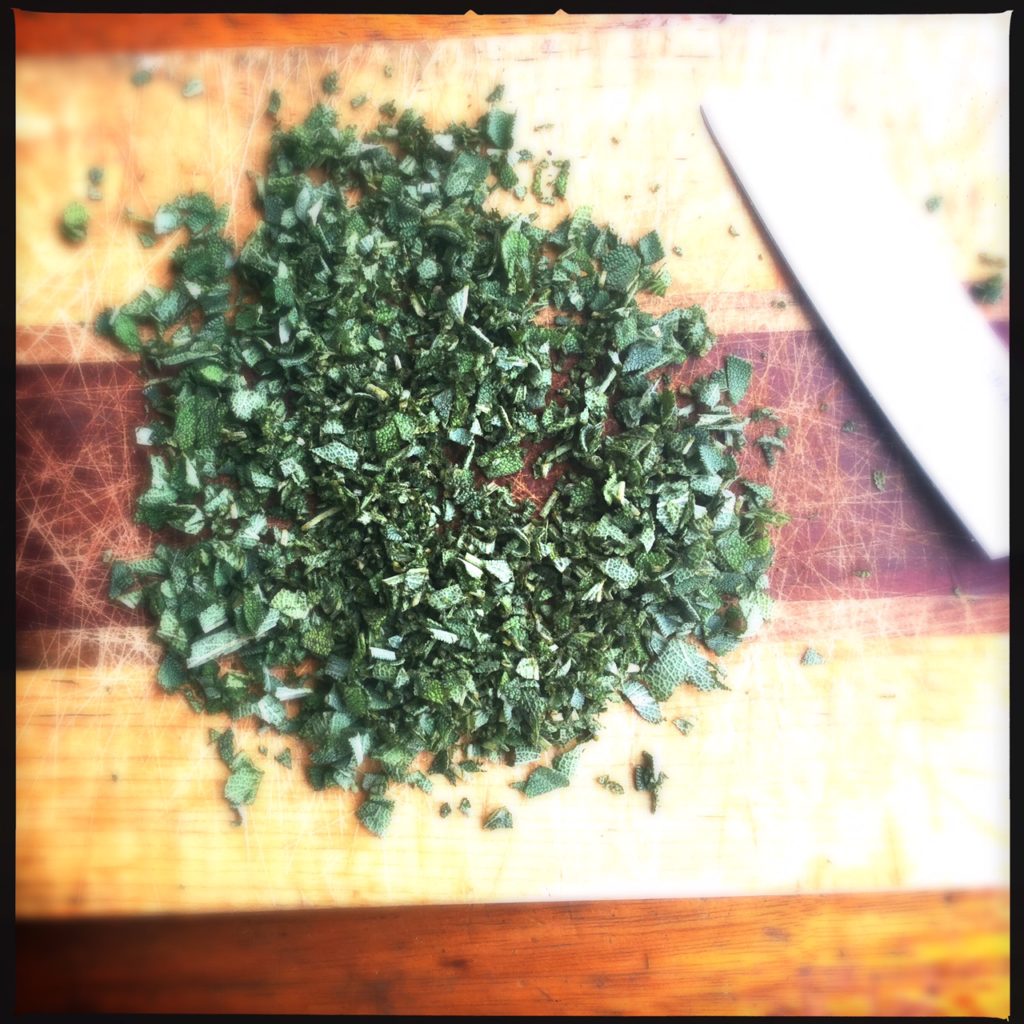
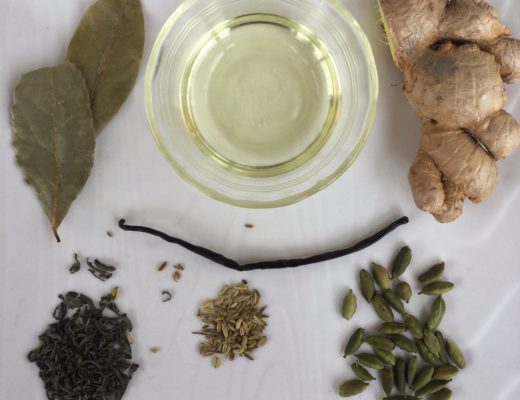
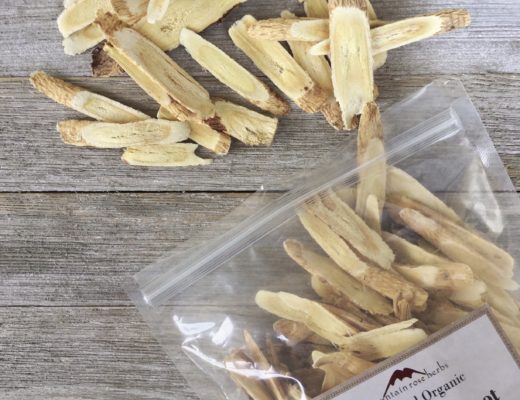
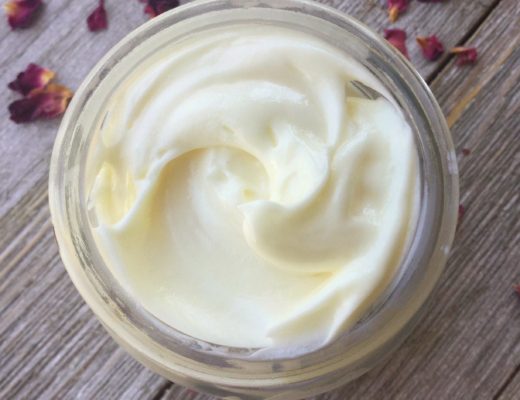
8 Comments